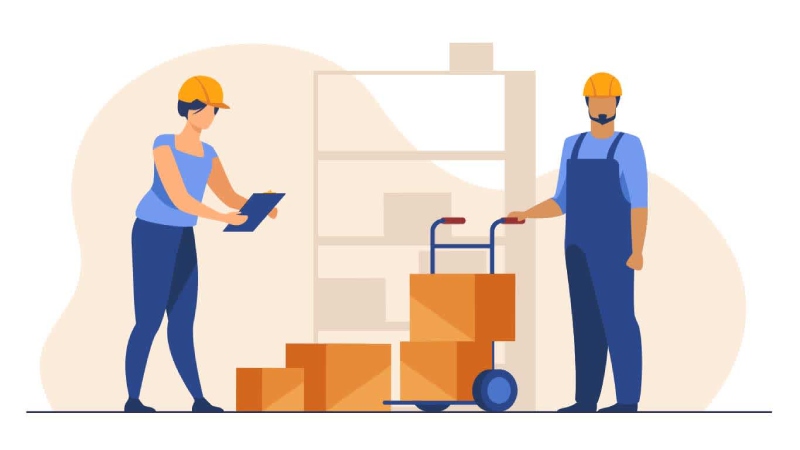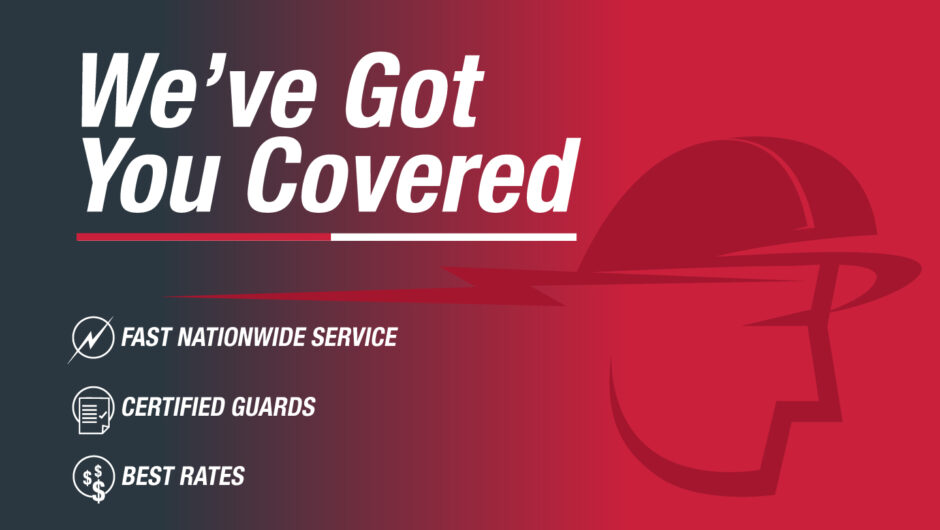For many people, the risk is a complicated concept. It is something that has no clearly defined boundaries or instructions on how to deal with it.
Keeping risk in check is crucial because it lays the foundation for the success of an organization over the long haul. To do this, businesses need to identify risk management techniques that can help them limit their exposure.
During the risk management process, the organization should calculate the threat level and then decide whether it is worth taking on risk. The easiest way to do this is by calculating probability and assigning a value to risk that describes the consequences if something goes wrong. One needs to take into account both financial costs as well as damage to reputation.
The formula to calculate risk is:
Risk = (probability × consequences)
So, if the probability of an event occurring is high and results in heavy financial losses, the risk would be significant. If a company cannot afford to take any chances because there are profound implications for them should they fail, they will have to decide on a course of action based on the risk they are willing to take.
An example:
You’re running an internet business, and you want to introduce a new product line. You’ve spent some time researching this project, and you think it will be successful as long as there are no unforeseen problems. The success of your internet business depends on the success of this product line. You want to introduce a new service with your new product, and you’re excited about it.
In calculating risk for this scenario, you will assign high probability values to test the market for the new product by sampling customers’ reactions to it in addition to carrying out market surveys. You will also assign high importance to the probability of updates and improvements being completed so that the service matches customer expectations.
What most businesses are doing is setting up a security system that includes transaction monitoring and chargeback prevention as a means of tracking transactions at point-of-sale (POS). This has become an integral part of many eCommerce companies today, and it’s an important way to help you control costs related to chargebacks.
Why Do Companies Use Chargeback Monitoring?
Companies are using transaction monitoring software because they understand the importance of tracking meaningful transactions in real-time from their point-of-sale systems. Risk management experts have created a fraud scoring system that enables companies to identify thieves at POS before doing any damage.
This is why businesses should consider chargeback monitoring – it’s a meaningful way to help you control chargeback costs and minimize losses to fraud. Using this technology has helped many companies save more than 50% of their total chargeback costs by identifying and preventing fraudulent transactions at POS.
What Is Transaction Monitoring And Chargeback Prevention Software?
Transaction monitoring and chargeback prevention solutions are designed to help businesses control their potential losses by preventing a significant percentage of fraudulent purchases. Many companies have reported saving more than 50% with these types of solutions in place. Every time you make a purchase using your credit or debit card, it’s being tracked (The Nilson Report).
And that is precisely what your business wants to happen – it’s like having a third party watching every transaction as it goes through the system, looking for anything suspicious or unusual. Online fraudsters know there are plenty of ways they can attempt to steal credit card information from you and potentially run up charges on your account, but every time you purchase with your credit card, it’s being tracked in real-time through your POS system.
If something is wrong with the transaction – like if something looks suspicious or unusual, for example – it will be flagged so that someone can review and assess whether or not additional security measures need to be taken when processing the transaction.
Transaction monitoring and chargeback prevention software can help prevent this from happening by detecting fraud at the earliest possible time while using a risk score to determine if a transaction is suspicious or not. Although creating an effective fraud scoring system is extremely difficult, it can be done. After years of research and testing, industry experts have completed a proper risk model that can determine if transactions are likely fraudulent or not.
How Does It Help You Control Costs Related To Chargebacks?
The best way to control chargeback costs is by using a transaction monitoring and real-time risk scoring solution. After it has been determined that a transaction is potentially fraudulent, there are additional steps your business can take to verify the information on the account before you approve the order. This prevents fraudsters from running up charges on your account without you knowing about it.
The best part about using chargeback monitoring and risk scoring software is that if the fraudulent transaction were occurring in real-time, you would have been able to prevent the damage before it happened! Fraudsters are targeting businesses every day. They often steal credit card information from genuine customers, charging up thousands of dollars in fraudulent charges without them ever knowing it.
How Can You Reduce Risk?
There are several ways you can reduce risk by using transaction monitoring and real-time risk scoring. For example, suppose your business uses this technology to prevent fraudulent transactions in real-time. In that case, it will be able to stop the damage before it can happen – if there is something suspicious going on with a particular account or card, extra security measures can be put in place to prevent fraud or spot a problem right away.
Every time you make a transaction, it’s being monitored in real-time, and if there is something wrong with the account or card information, it will be flagged for review. Any transactions that are considered suspicious or unusual can also be automatically blocked to prevent damage from occurring.
Using this technology at the point of sale device will allow your business to prevent fraud and chargebacks before they can ever happen – that’s the best way to control costs!
What Are Some Steps You Can Take To Identify Fraudulent Transactions?
Once a transaction has been flagged for review, it can then be analyzed even further to determine if the customer is likely fraudulent or not. For example, if a customer is using a card from another country and the transaction takes place in your home city – that’s something worth investigating.
There are plenty of other things that could be suspicious as well – like if someone orders something online for delivery to a different country or even if they use accurate information but have made up details about things like their shipping address or billing address.
These are just a few examples of how you can keep track of transactions to help reduce risk – but the best way is to use real-time fraud scoring software that will automatically determine if there’s something suspicious about the transaction or account information before it becomes too late!
Conclusion
This article has discussed the importance of reducing risk and fraud. Transactions can be monitored in real-time for any suspicious activity with a risk score which helps you minimize fraud losses.
There are many different ways to reduce risk by using transaction monitoring and real-time risk scoring, but the best way to do so is by using it at the point of sale device, which prevents fraud and chargebacks before they happen.
It will also help your business save money because transactions are monitored in real-time with a risk score to determine if there’s something suspicious going on with a particular account or card before it becomes too late.
Why Choose PayPound ?
Below are the smart reasons to choose Paypound
• Huge network
• Quick and easy set-up
• Intuitive dashboard
• Secure transactions
• Great customer service
Contact us at
(+44) 800 832 1733
sales@paypound.ltd











